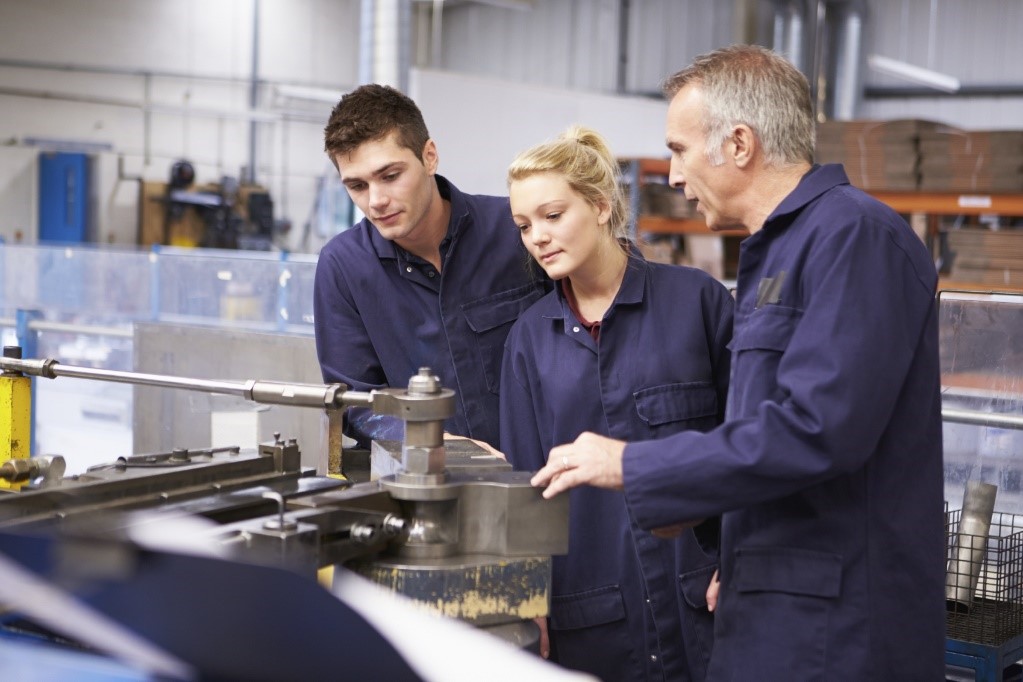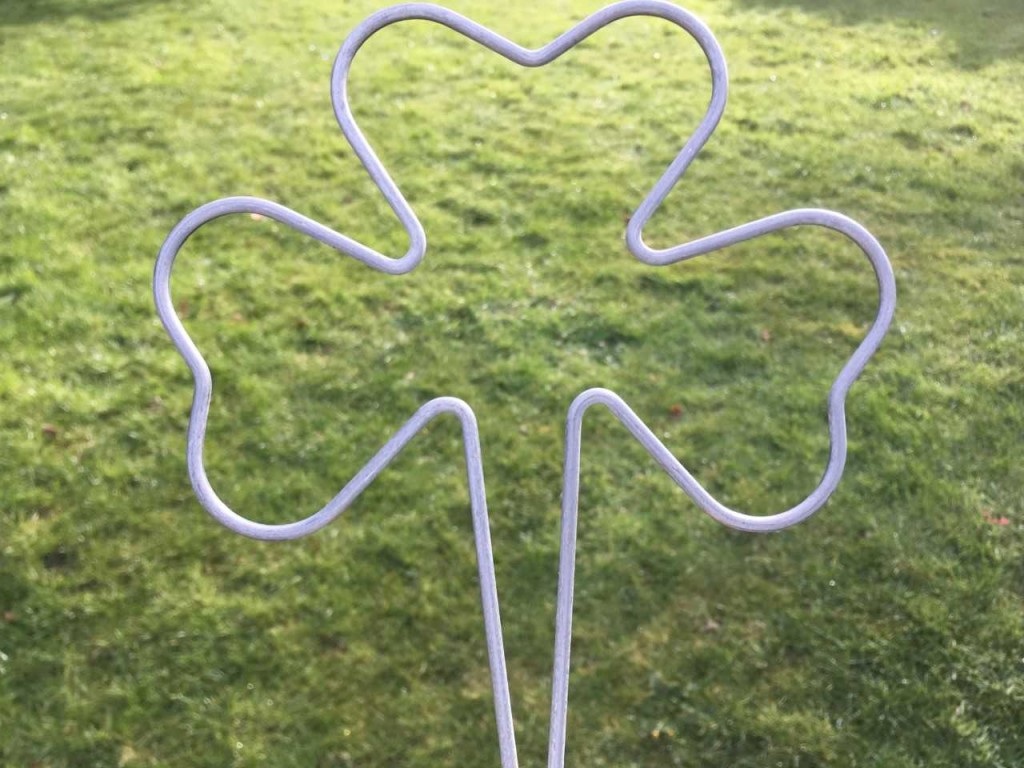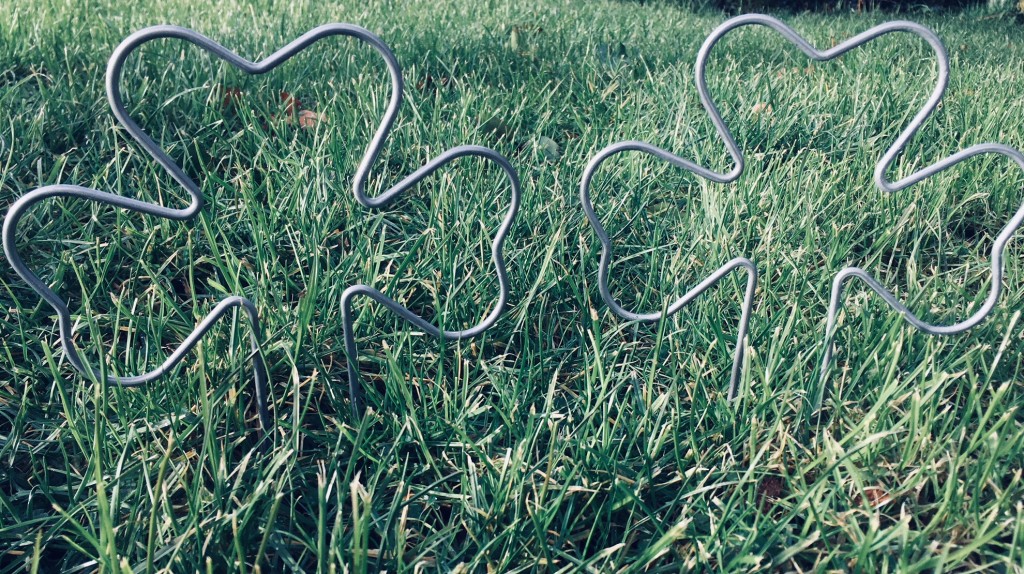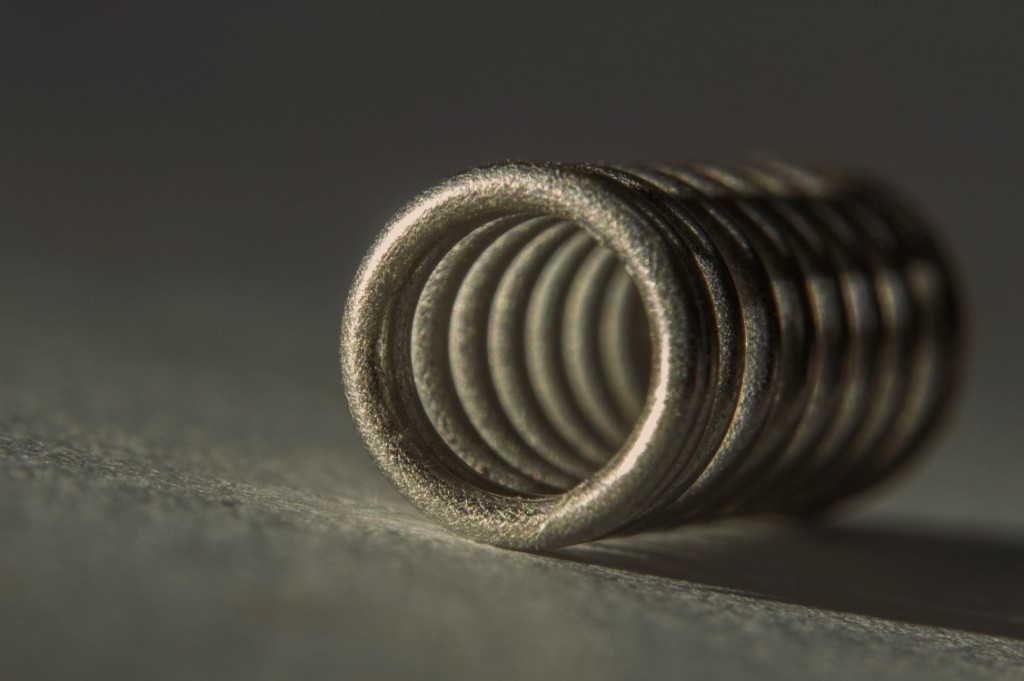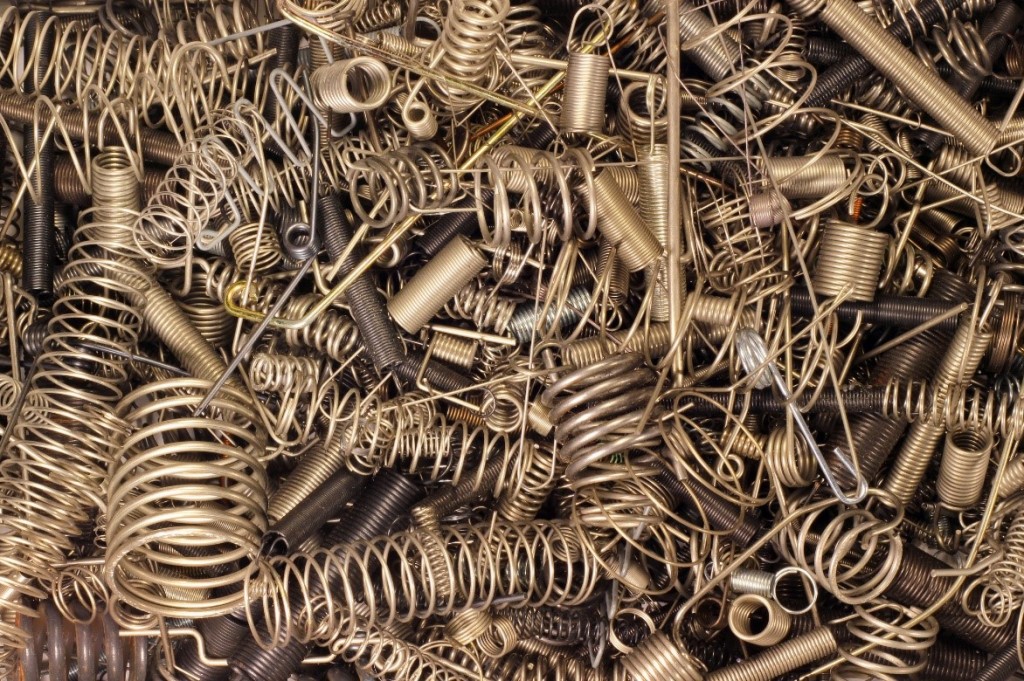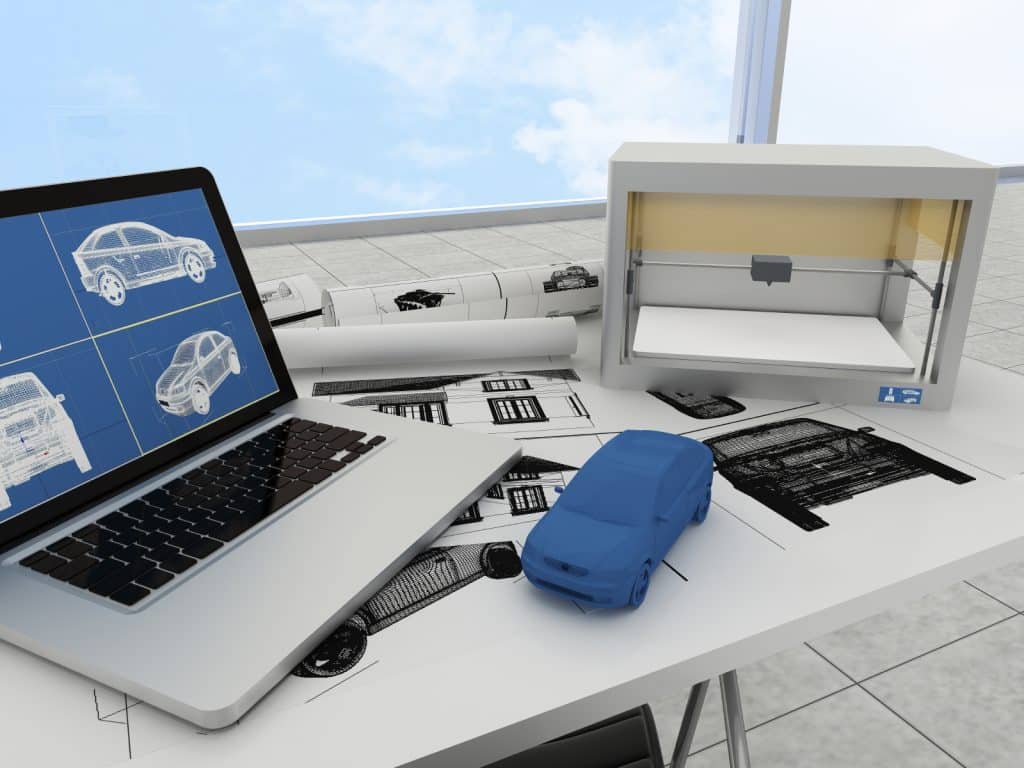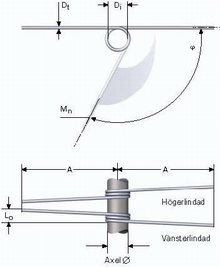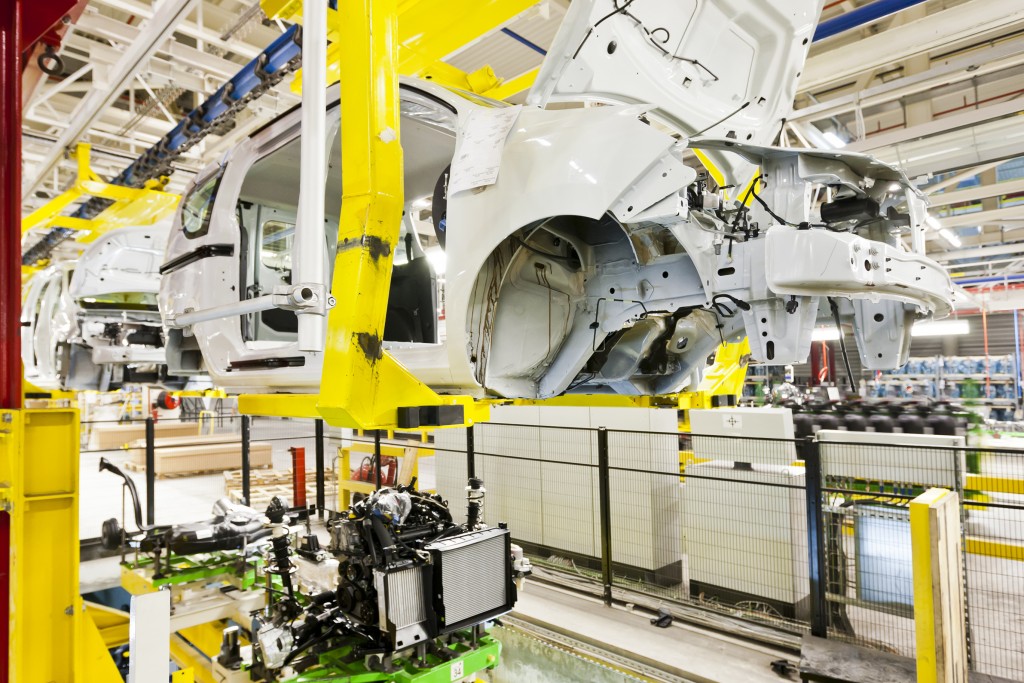2018 – the year of the Winter Olympics and Paralympics, the FIFA World Cup and the Year of Engineering. This year will see events, campaigns and initiatives up and down the country, all designed to promote engineering as a career choice for young children and teenagers.
With reports that the UK is dealing with a skills shortage, meaning that we will need 1.8 million trained people by 2025, the UK government is doing everything they can to get young people interested in a career in engineering to secure the future of the industry.
So, what will be going on in 2018, and how can you help to make sure that it is a successful Year of Engineering?
Who is Already Involved?
There are a huge number of big companies and organisations who are involved in the initiative, covering a variety of sectors and disciplines. These include BAE Systems, Engineering UK, Royal Air Force and the UK Space Agency, to name but a few.
These names don’t just represent the industries most commonly associated with engineering, such as transport and aerospace, in fact, there are companies from sectors including education, fashion and the environment.
Introduce a Girl to Engineering
Research has shown that only 23% of the UK workforce in STEM occupations are women. In a bid to introduce more young girls and women to the industry, ‘Introduce a Girl to Engineering Day’ was born.
The event has already passed for 2018, being held on February 22nd, but that doesn’t mean you can’t start thinking about next year! We wrote about the event back in February, giving suggestions of how you could introduce a girl to engineering.
100 Years of the RAF
On 1st April, the Royal Air Force celebrated its 100th birthday – an event which will see celebrations taking place from now until the end of November. This birthday is particularly poignant as 2018 also marks 100 years since the end of WWI.
This provides the perfect opportunity to explore the engineering behind aerospace, encouraging children and teens to consider the huge advancements that have happened over the course of the last 100 years.
Big Bang Events
In July, schools across the country will be hosting ‘The Big Bang’ events. These fairs are designed to get school children excited about STEM subjects by providing fun, educational and inspiring exhibits that encourage students to consider a career in STEM.
You can find out more about the events and how you can get involved here.
Consider Visiting a Local School
If you are an employer in the STEM sector, this year may be the perfect time to get involved with local schools and colleges. Not only does this provide an opportunity for young students to understand the variety of careers they could have within STEM, it also offers you an opportunity to create a valuable link.
You may find that these children later consider apprenticeship or job opportunities with your company as they are already familiar with your work and have an existing relationship.
Be Vocal Online
Getting involved in the Year of Engineering needn’t take up much of your time or resources. In fact, you could use the internet as your platform to encourage young people in STEM careers. Sharing interesting stories, facts and insights into your workplace could be enough to pique the interests of young people, showing them another side of an industry that they may not yet have considered.
When posting on social media, you can use hashtags, #takeacloserlook, #YofE and #inspireanengineer to make sure that your updates are seen!
There are countless ways that you can get involved in the Year of Engineering in 2018, helping to encourage a future generation of engineers, highlighting how the STEM industries can be exciting, fascinating and important.
Make sure to follow all of our latest updates about the Year of Engineering as well as our company news by regularly checking our blog or following us on our social media pages – Facebook, Twitter, Google+ and Instagram.
If you have any questions about our services or products, don’t hesitate to get in touch with a member of our team who will be happy to help.
[button url=”/contact-us/” class=”scbutton”]Enquire Now[/button]